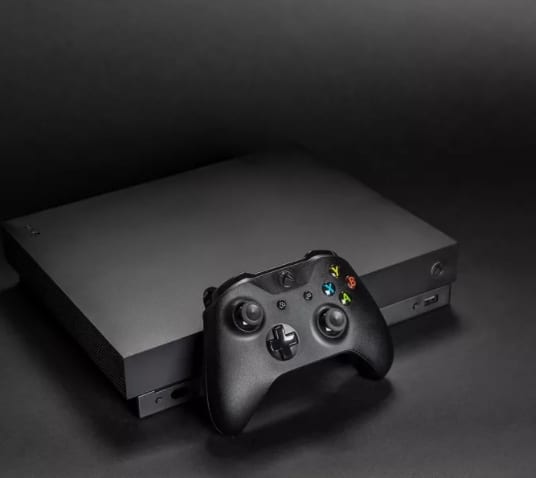
Microsoft shipped its first video game in 1981, appropriately named Microsoft Adventure. It was an MS-DOS game that booted directly from a floppy disk, and set the stage for Microsoft’s adventures in gaming. A lot has changed over the past 37 years, and when you think of Microsoft’s efforts in gaming these days you’ll immediately think of Xbox. It’s fair to say a lot is about to change over the next few decades too, and Microsoft is getting ready. Today, the software giant is unveiling a new gaming cloud division that’s ready for a future where consoles and gaming itself are very different to today.
Microsoft has been building up to this move for a while. The company has been mysteriously acquiring gaming-related companies over the past few years. From Havok in 2015, Simplygon in 2017, to PlayFab earlier this year, you’ve probably never heard of any of them, but they’re important for Microsoft’s bold cloud gaming ambitions. While these acquisitions have been taking place, Microsoft has been reshuffling its gaming teams as the company prepares to launch its own cloud gaming services. Phil Spencer is now Microsoft’s head of gaming, and reports directly to CEO Satya Nadella. Microsoft’s new gaming cloud division is headed up by Kareem Choudhry, a 20-year Microsoft veteran that has worked on Outlook, DirectX, and Xbox engineering.
“Phil really wanted a dedicated team focused exclusively on the gaming cloud,“ says Choudhry, in an interview with The Verge. “Those were conversations that started happening last summer, and we really started creating the structure of the organization at the end of last year.” The new division is designed to entice developers and game publishers to use Microsoft’s cloud services. Ubisoft has been using Microsoft’s Azure cloud services across PC, Xbox, and PS4 with Rainbow Six: Siege recently, and even the mobile game Black Desert uses Azure virtual machines and databases. Microsoft wants more and more game developers to use its cloud, especially as games become more connected across devices for their multiplayer experiences.
“We believe there is going to be 2 billion gamers in the world, and our goal is to reach every one of them,” explains Choudhry. Part of the way Microsoft will get there with its new gaming cloud focus is with subscription services. Xbox Game Pass has been available over the past year, and recently Microsoft decided all of its first-party games would come to the subscription service at launch. Sea of Thieves is the first big title, but future Halo and Gears of War games will also be available. “We’re really pleased with the success that’s happening [with Game Pass],” says Choudhry. “We continue to believe in user choice, and we also believe there’s room in the industry for a gaming subscription and that’s what we’re going to build.”
A “Netflix for video games” would be an important service for any company with cloud gaming aspirations, but it’s going to be a difficult task for Microsoft on rival platforms like the PlayStation 4 or Nintendo’s Switch. Despite the challenge, Choudhry hints that Microsoft could achieve this by streaming games to devices. “We’re looking at ways to make that content available to anyone no matter what device they’re on,” says Choudhry.
It feels like every couple of years a new service springs to life, promising game streaming from powerful servers. Sony acquired streaming games service OnLive only to shut it down, and previously acquired Gaikai which eventually became part of its PlayStation Now game streaming service. Sony discontinued game streaming to the PlayStation 3, PS Vista, PlayStation TV, and smart TVs and Blu-ray players last year, deciding to focus on PS4 and Windows PCs instead. Game streaming is a challenging service to get right, and even Nvidia is trying its hand for PC games.
Microsoft has teased Xbox game streaming within three years, and it’s clearly going to be big part of the new cloud gaming division. “We’re spending a lot of time thinking about that space,” explains Choudhry. He says a “bunch of things” need to come together, including making a business model that’s attractive to third parties. “What we’re doing with game pass and creating a subscription-based product, where over half the content is third-party content. I would say we’re getting started from a subscription product perspective.”
Microsoft’s new cloud gaming division is only just getting started on a number of these efforts, and the real test will be whether developers and game publishers are interested in using the company’s tools, distribution methods, and ultimately a game streaming service. Reaching 2 billion gamers is an ambitious target even for a new Microsoft that’s focusing aggressively on the cloud.
